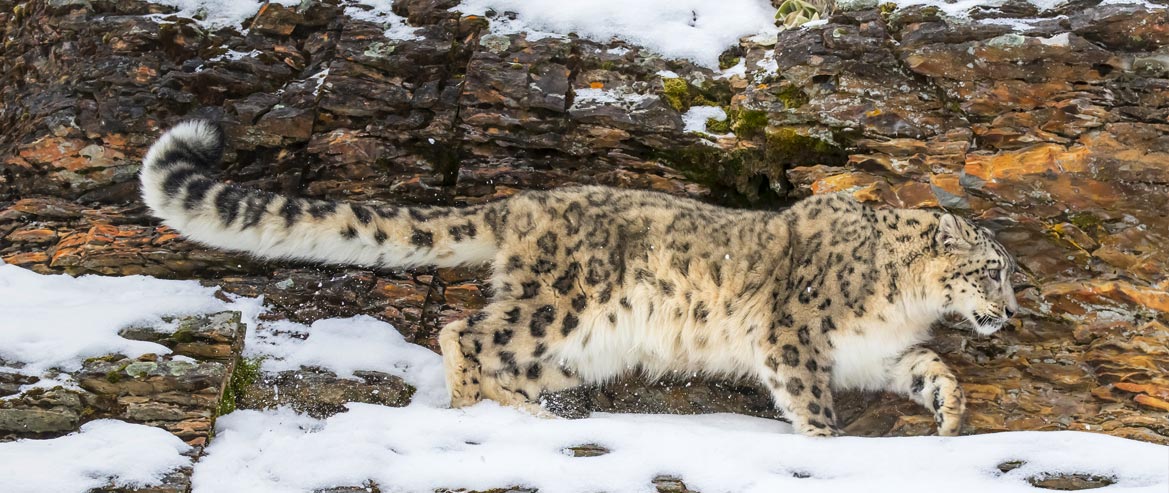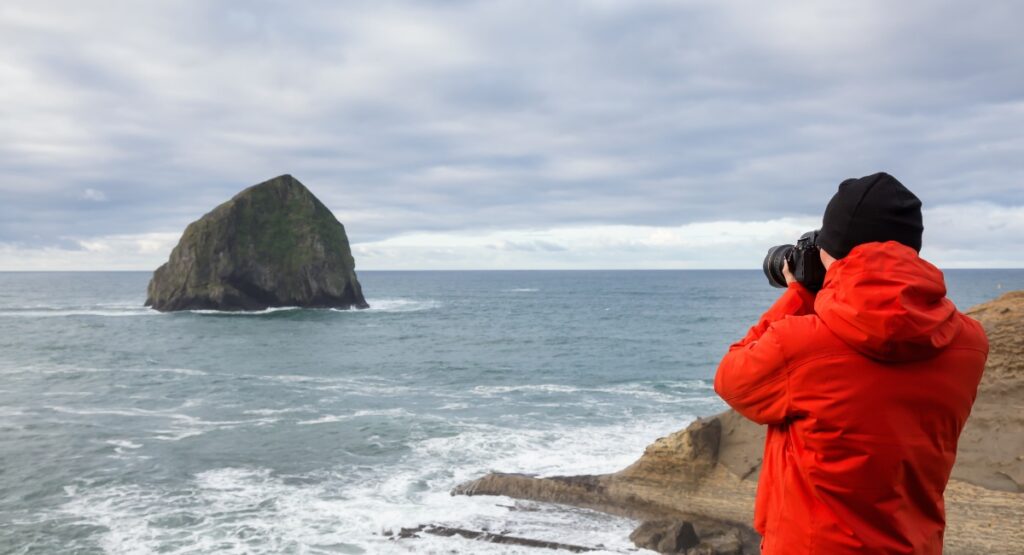Tracking “Ghosts” in the Wild
A team of researchers in Ladakh, India, used GPS collars to track the movements of snow leopards in an effort to discover more about their home ranges. The study, which took place from 2008 to 2014, traced the ranges of 16 snow leopards, recording their locations four times daily.
The study revealed that a male snow leopard’s home range can be over 200 square kilometers, while a female is upwards of 124 square kilometers. This is 44 times larger than previously estimated and shows the great distance the “ghosts of the mountains” must travel in search of large prey. To put that in perspective, one male snow leopard travels an area larger than Aruba looking for food and mates, as published in the journal Biological Conservation

The findings show that there is still so much to be learned about the elusive snow leopard. With fewer than 7,000 cats left across 12 mountainous countries, the numbers are dwindling. Because of the distance required to find food, snow leopards will often prey on Siberian ibex and sometimes goats. This leads to retaliatory killings from farmers and herders, one of the biggest threats against the cats.
Snow leopards in Ladakh, as well as other nearby regions are unlike African lions and their prides, in that they are extremely territorial and their territories do not typically overlap with members of the same sex. This means that nearly 40 percent of the protected areas are smaller than the space required by one male snow leopard. So, in order to protect the species and encourage conservation, more protected space is needed.
The good news is that obtaining the data in order to know how we can protect the species is easier than ever. Due to ever-evolving technologies and on-going studies, scientists are able to get decades’ worth of collected information in much shorter time periods.
If you’re interested in a chance to see snow leopards, make sure to do it with a responsible tour operator like Mountain Travel Sobek, who are dedicated to preserving and sustaining the world’s delicate ecosystems wherever they travel.



